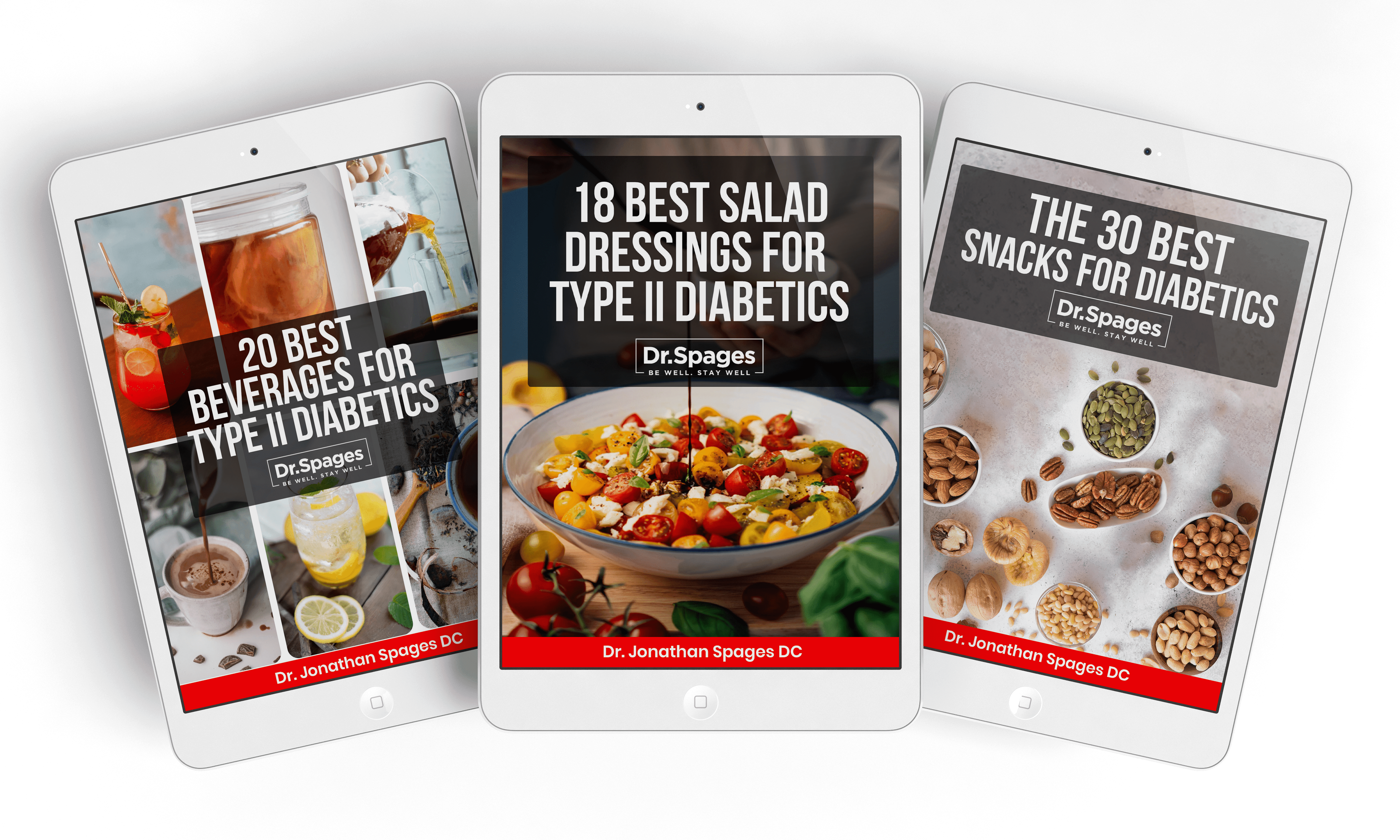
Creating a Diabetes-Friendly Kitchen: Tips and Recipes
The kitchen becomes a great tool for maintaining good blood sugar management and supporting general well-being when you have diabetes. Creating a diabetes-friendly kitchen is making deliberate choices that promote a healthy, balanced diet. Individuals may take control of their health and make the kitchen a hub for delicious and blood sugar-friendly meals by following practical techniques and incorporating diabetes-friendly recipes. In this post, we will look at how to set up a diabetes-friendly kitchen as well as a collection of delectable and nutritious recipes to get you started on your culinary adventure.
Essential Tips for a Diabetes-Friendly Kitchen:
- Stock up on Fresh Produce:
- Fill your kitchen with a variety of fresh fruits and vegetables. These nutrient-dense foods provide essential vitamins, minerals, and fiber, while being low in calories and carbohydrates.
- Opt for non-starchy vegetables like leafy greens, broccoli, peppers, and cauliflower, as they have a minimal impact on blood sugar levels.
- Choose Whole Grains:Replace refined grains with whole grains like quinoa, brown rice, and whole wheat bread. Whole grains are rich in fiber, which slows down the digestion and absorption of carbohydrates, helping to maintain stable blood sugar levels.
- Opt for Lean Proteins:Incorporate lean proteins such as skinless poultry, fish, tofu, and legumes. These protein sources are low in saturated fats and provide essential amino acids for overall health.
- Healthy Fats:Include healthy fats like avocados, nuts, seeds, and olive oil in your kitchen. These fats contribute to heart health and help maintain satiety.
- Minimize Processed Foods:Reduce your intake of processed foods high in added sugars, unhealthy fats, and refined carbohydrates. These foods can cause blood sugar spikes and contribute to weight gain.
- Read Food Labels:Develop the habit of reading food labels to identify hidden sugars, unhealthy fats, and excessive sodium. Look for products with lower sugar and sodium content.
- Smart Snacking:Keep diabetes-friendly snacks readily available, such as cut vegetables, fresh fruits, unsalted nuts, or Greek yogurt. These options can help manage hunger and prevent unhealthy snacking.
- Portion Control:Use measuring cups or a food scale to portion out meals and snacks, ensuring you’re consuming appropriate amounts of carbohydrates, proteins, and fats.
Delicious Diabetes-Friendly Recipes:
- Breakfast:Veggie Omelet: Sautee a mix of non-starchy vegetables like spinach, mushrooms, and bell peppers. Beat eggs and pour over the vegetables. Cook until set and enjoy a protein-packed breakfast.
- Lunch:Quinoa Salad: Combine cooked quinoa with diced cucumbers, cherry tomatoes, chopped parsley, and a squeeze of lemon juice. Drizzle with olive oil and season with salt and pepper for a light and refreshing lunch.
- Dinner:Baked Salmon with Roasted Vegetables: Place salmon fillets on a baking sheet and season with lemon juice, garlic, and dill. Roast alongside a medley of mixed vegetables like Brussels sprouts, carrots, and zucchini for a flavorful and nutritious dinner.
- Snack:Greek Yogurt Parfait: Layer Greek yogurt with fresh berries, a sprinkle of almonds or walnuts, and a drizzle of honey for a satisfying and protein-rich snack.
- Dessert:Berry Chia Pudding: Combine chia seeds, unsweetened almond milk, and a touch of vanilla extract. Let it sit in the refrigerator Top with fresh berries for a delicious and fiber-rich dessert.
About Dr Spages
With a focus on functional medicine, Dr. Jonathan Spages, DC is particularly skilled at treating the underlying physiological, biochemical, and hormonal imbalances that underlie type II diabetes, hypothyroidism, and a variety of other chronic conditions.
He has escaped the restrictive paradigm of a medical standard of care that treats these disorders with medications and hormones as a first line of defense. using cutting-edge diagnostic procedures and research techniques that are uncommon in a traditional context.
In order to treat type 2 diabetes and hypothyroidism, Dr. Spages identifies the underlying reasons of the disease.
Conclusion
Making a diabetes-friendly kitchen is the first step toward effective diabetes control. Individuals can maintain stable blood sugar levels while enjoying a range of delicious and healthy foods by making sensible food choices, checking labels, and creating nourishing meals. Remember that speaking with a healthcare expert or qualified dietitian can give you with specific advice and assistance to help you enhance your diabetes control through your kitchen.

















